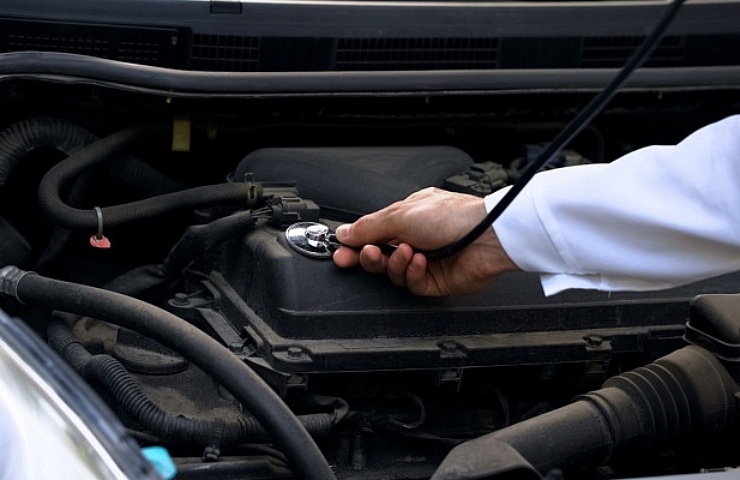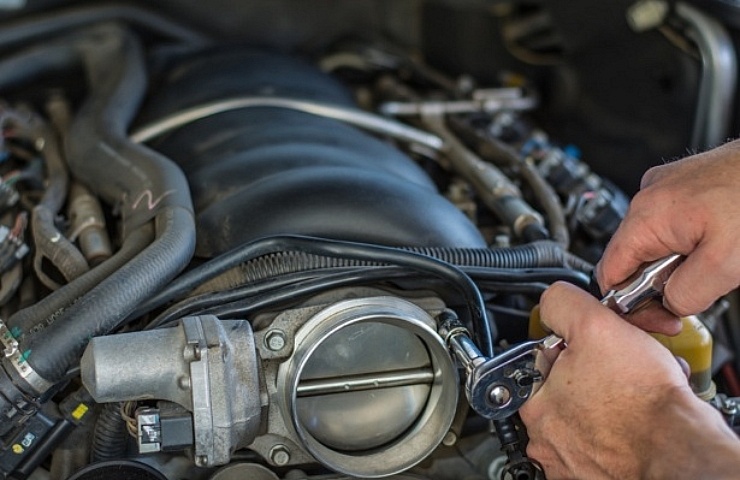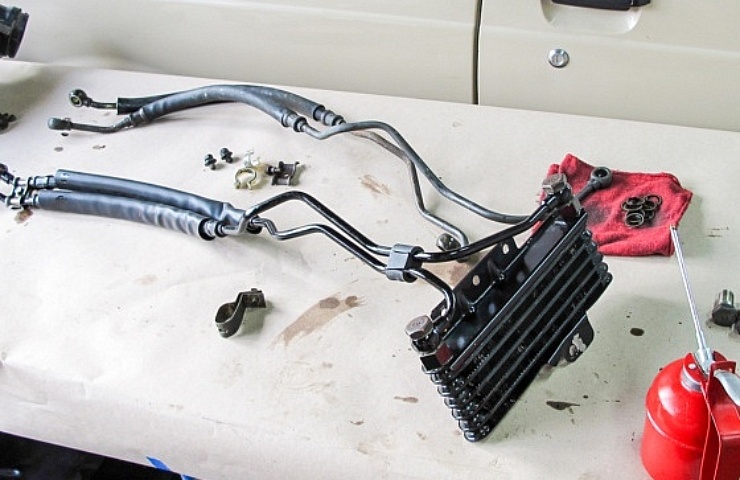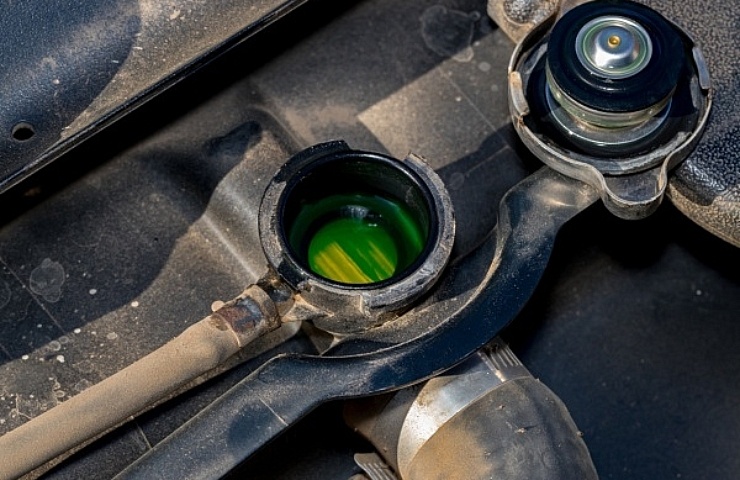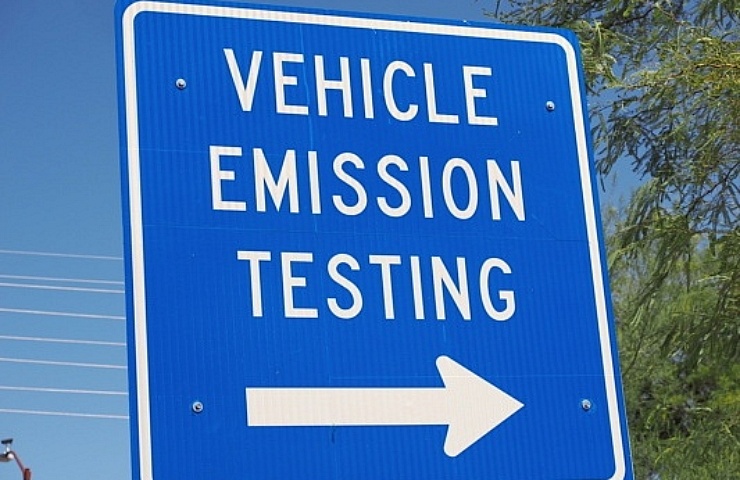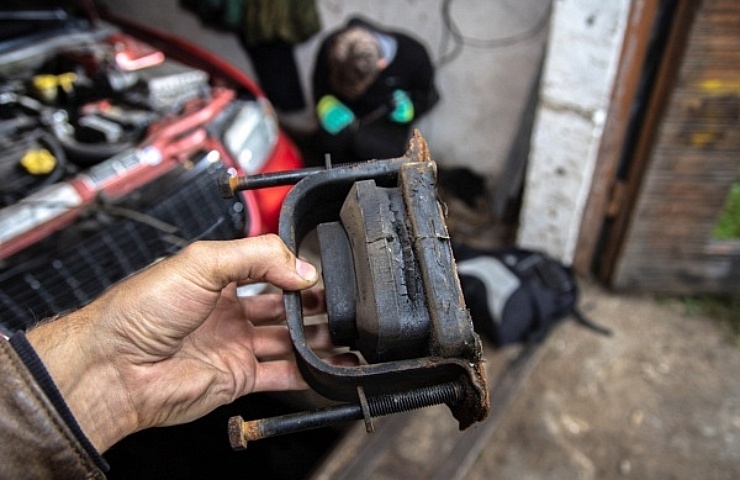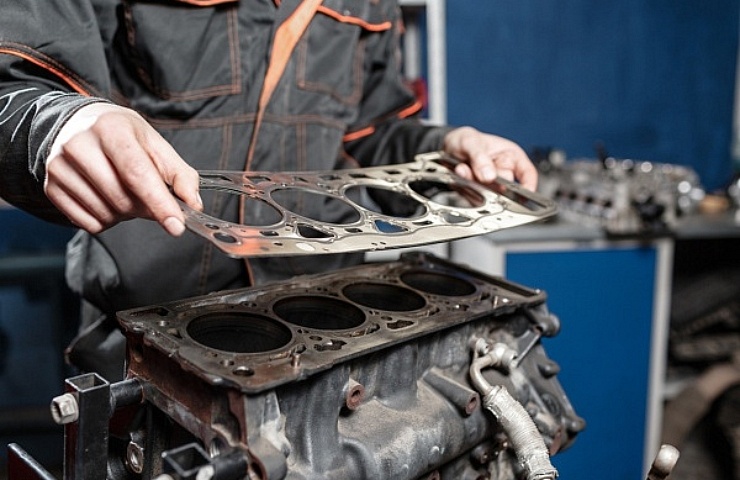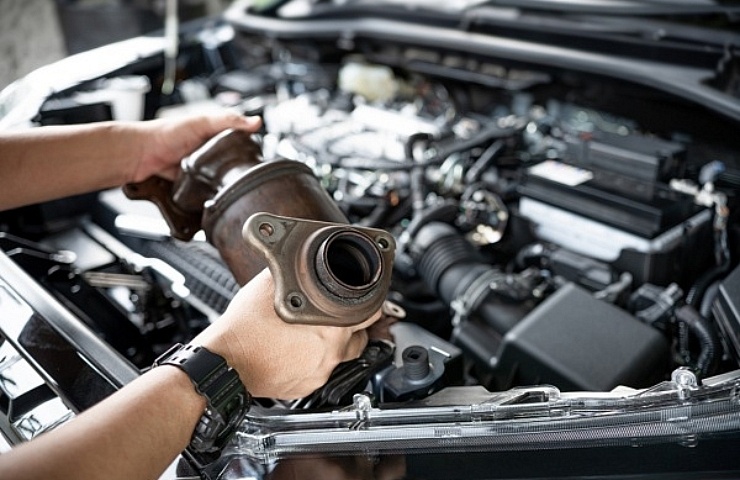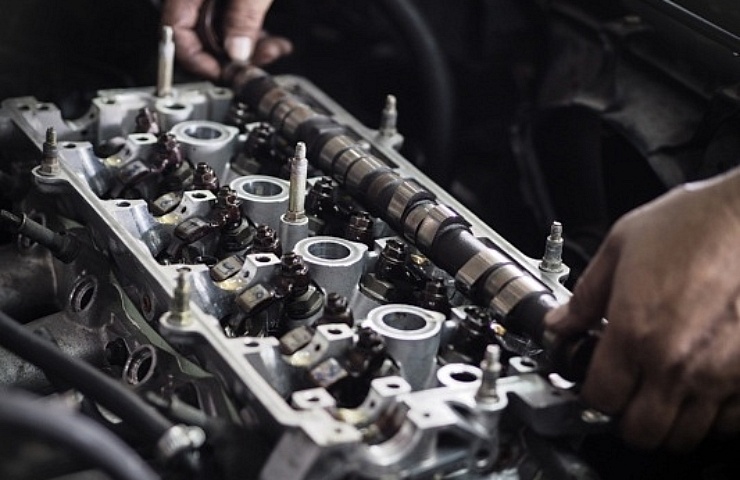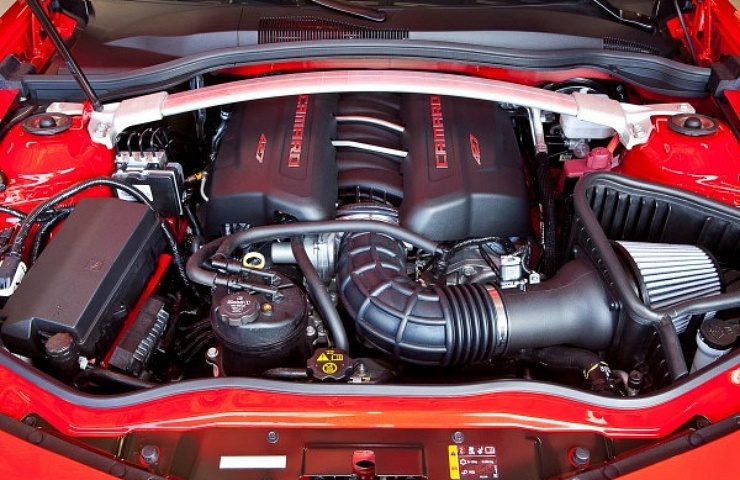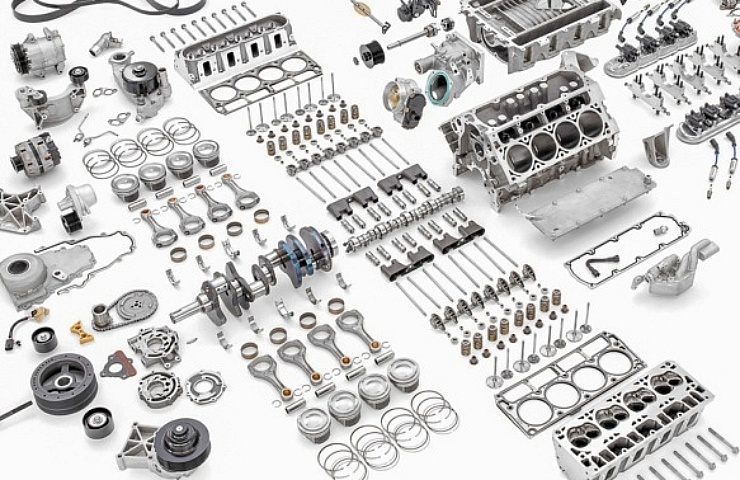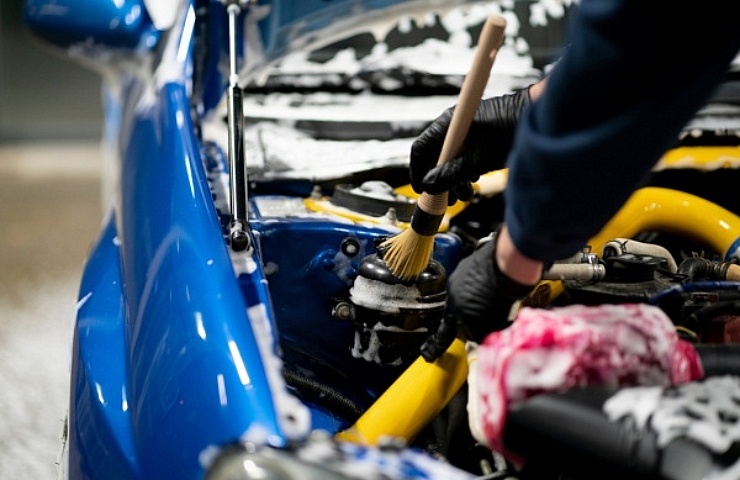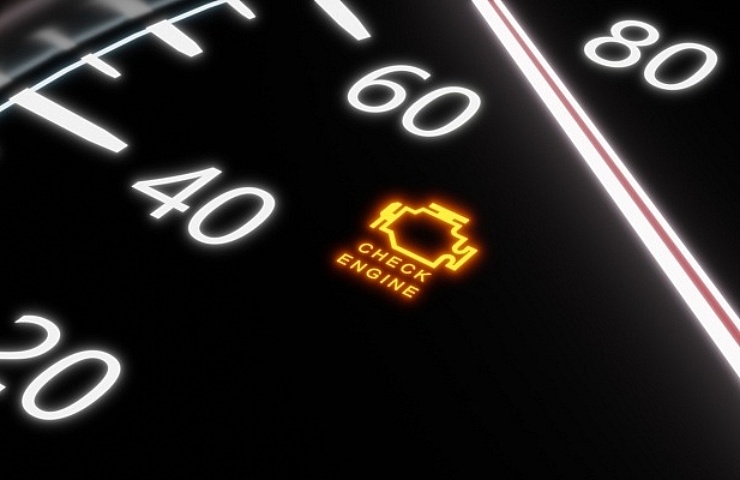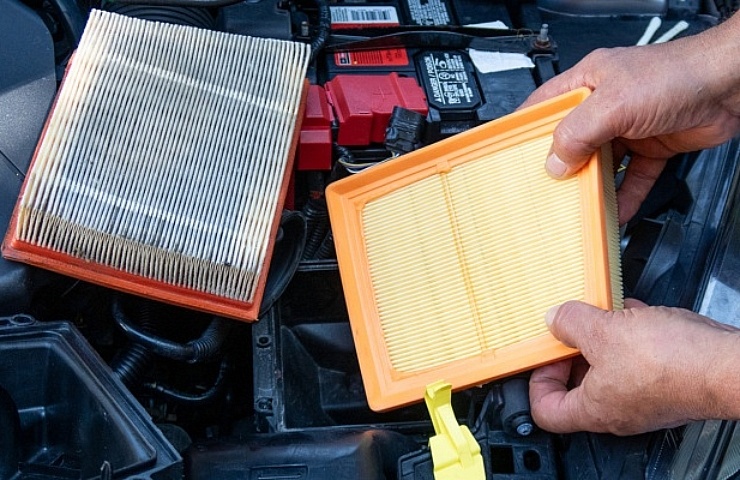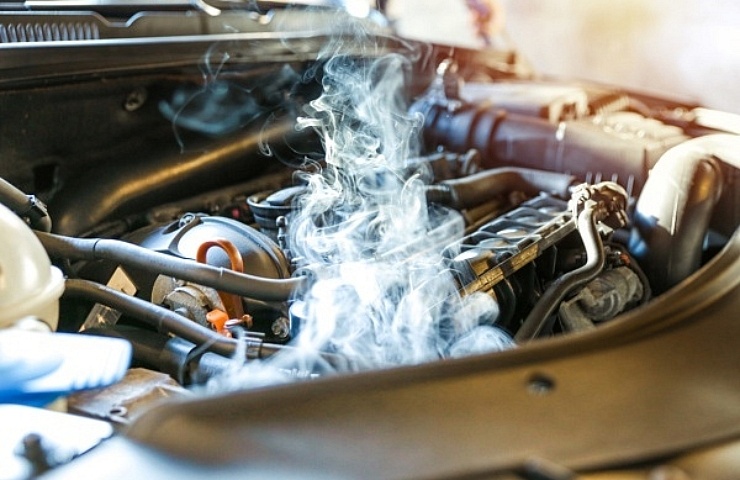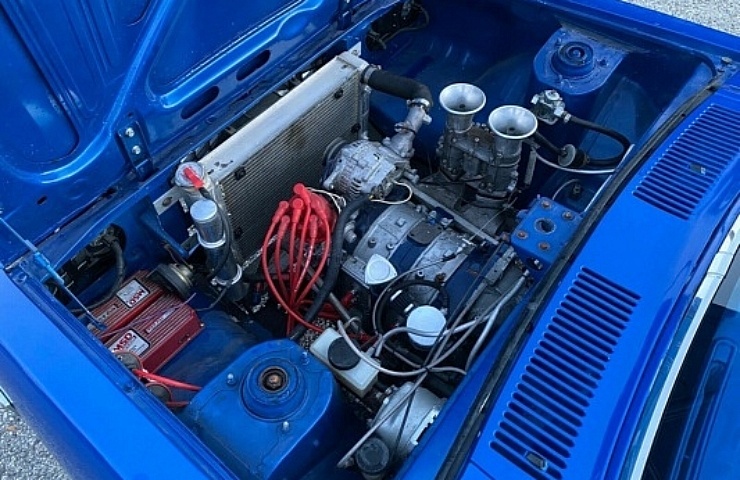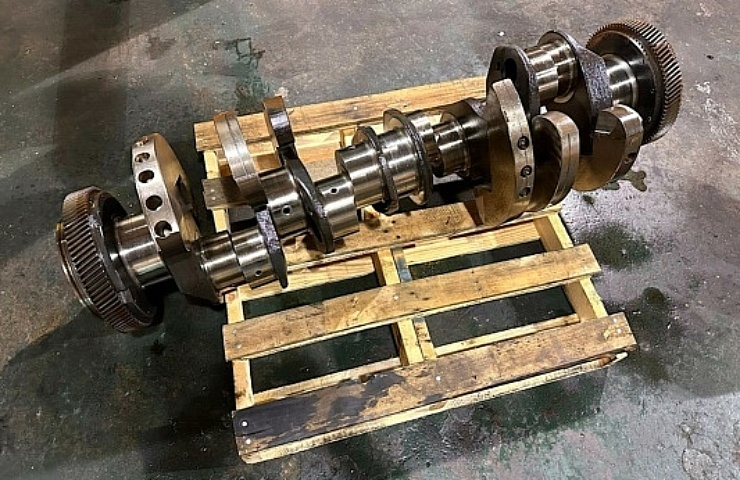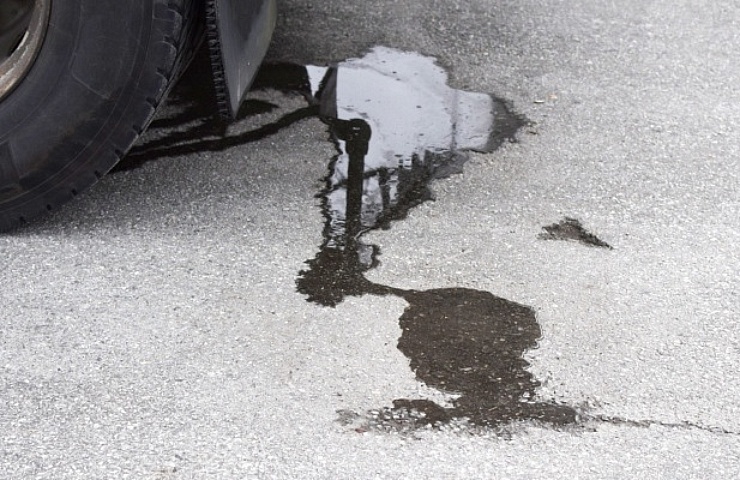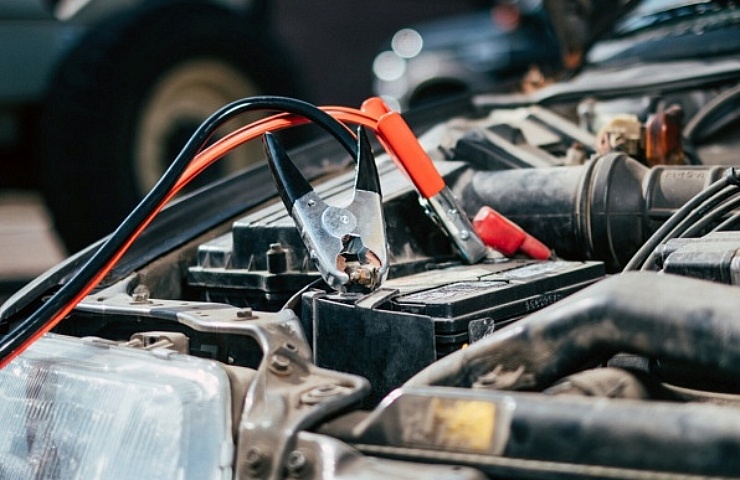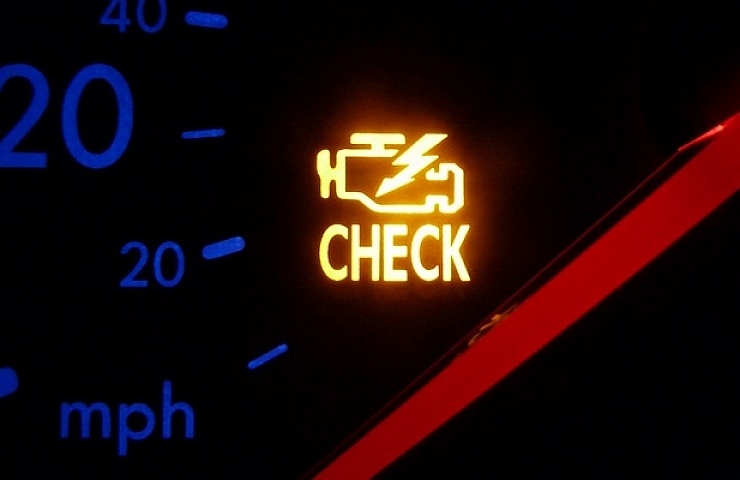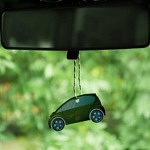A dirty throttle body reduces power and fuel efficiency. Fortunately, cleaning a throttle body is an easy 30-minute project.
If your engine is making ticking noises, this list of symptoms and causes will tell you if the ticks are benign or need to be fixed.
By Brian JonesAug 250
The throttle body and throttle position sensor ensure there’s enough air in the system. Otherwise, performance could suffer.
By Jim PrueterAug 220
Oil coolers extend engine life and improve efficiency, especially for high-performance vehicles that hit the track.
By Jim PrueterAug 220
Antifreeze is essential for maintaining proper engine temperature. Read our guide about choosing, changing, and disposing of antifreeze.
Vehicle emissions testing helps communities reduce air pollution. Learn what pollutants are tested and how to get your car ready.
By Brian JonesAug 180
Engine mounts secure the motor to the vehicle. While engine mounts may be small parts, they prevent severe engine damage.
By Brian JonesAug 160
The engine block is a major component that houses vital motor parts. A cracked engine block can make a vehicle unusable.
The catalytic converter changes an engine’s toxic exhaust fumes into less toxic gasses. Learn how it works and how much it's worth.
By Brian JonesAug 150
The cylinder head is attached to the engine block. If the engine overheats, the cylinder head can crack, leading to expensive repairs.
By Brian JonesAug 140
Read our guide to how a car engine works and types of engines, including gasoline, diesel, hybrid, and electric.
By Jim MotavalliAug 100
Learn about the many parts of an internal combustion engine and how they work together to move your vehicle down the road.
By Brian JonesAug 100
We explain the tools and materials you need—and why a clean engine bay is important.
By Brian JonesAug 80
A bad crankshaft sensor can cause trouble starting the car and other performance issues. Learn how to diagnose a faulty sensor.
Filters clean the air for you and your engine. Discover the differences between cabin and engine filters and when to replace them.
By Brian JonesAug 72
Your coolant might be full but the engine still overheats. It’s critical to figure out why the engine is overheating and take action.
By Jim PrueterAug 70
Rotary engines are compact, powerful, and use approximately 75 percent fewer moving parts. Learn how a rotary engine works.
By Brian JonesAug 40
The crankshaft converts in-and-out reciprocating movement of the pistons into rotational motion that drives the wheels. Get the details.
By Brian JonesAug 10
Engine leaks can lead to big repair bills. The easiest way to determine what's leaking is to check the puddle. See our guide.
Read our step-by-step guide. We also explain how to troubleshoot a dead battery or bad alternator.
By Nina RussinJul 280
Does it mean that your car is about to die? The short answer is no. Here's how to know what it means for sure.


